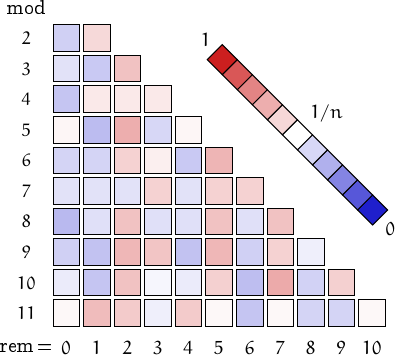The Perrin numbers up to 1015 :
2, 3, 5, 7, 10, 12, 17, 22, 29, 39, 51, 68, 90, 119, 158, 209, 277, 367, 486, 644, 853, 1130, 1497, 1983, 2627, 3480, 4610, 6107, 8090, 10717, 14197, 18807, 24914, 33004, 43721, 57918, 76725, 101639, 134643, 178364, 236282, 313007, 414646, 549289, 727653, 963935, 1276942, 1691588, 2240877, 2968530, 3932465, 5209407, 6900995, 9141872, 12110402, 16042867, 21252274, 28153269, 37295141, 49405543, 65448410, 86700684, 114853953, 152149094, 201554637, 267003047, 353703731, 468557684, 620706778, 822261415, 1089264462, 1442968193, 1911525877, 2532232655, 3354494070, 4443758532, 5886726725, 7798252602, 10330485257, 13684979327, 18128737859, 24015464584, 31813717186, 42144202443, 55829181770, 73957919629, 97973384213, 129787101399, 171931303842, 227760485612, 301718405241, 399691789454, 529478890853, 701410194695, 929170680307, 1230889085548, 1630580875002, 2160059765855, 2861469960550, 3790640640857, 5021529726405, 6652110601407, 8812170367262, 11673640327812, 15464280968669, 20485810695074, 27137921296481, 35950091663743, 47623731991555, 63088012960224, 83573823655298, 110711744951779, 146661836615522, 194285568607077, 257373581567301, 340947405222599, 451659150174378, 598320986789900, 792606555396977.
Distribution of the remainders when the numbers in this family are divided by n=2, 3,..., 11. (I took into account 100000 values, from 2 to 2.2⋅1012212).
| n\r | 0 | 1 | |||||||||
|---|---|---|---|---|---|---|---|---|---|---|---|
| 2 | 42858 | 57142 | 2 | ||||||||
| 3 | 30770 | 23076 | 46154 | 3 | |||||||
| 4 | 14286 | 28572 | 28572 | 28570 | 4 | ||||||
| 5 | 20835 | 8333 | 33334 | 16666 | 20832 | 5 | |||||
| 6 | 13188 | 13187 | 19781 | 17582 | 9889 | 26373 | 6 | ||||
| 7 | 12500 | 12500 | 12501 | 16667 | 12499 | 16668 | 16665 | 7 | |||
| 8 | 3572 | 10714 | 17858 | 10714 | 10714 | 17858 | 10714 | 17856 | 8 | ||
| 9 | 7693 | 5128 | 17950 | 15385 | 5128 | 17948 | 7692 | 12820 | 10256 | 9 | |
| 10 | 8932 | 4762 | 14284 | 9523 | 8928 | 11903 | 3571 | 19050 | 7143 | 11904 | 10 |
| 11 | 9167 | 14164 | 11669 | 8334 | 11666 | 9166 | 4169 | 9168 | 6666 | 6666 | 9165 |
A pictorial representation of the table above

Imagine to divide the members of this family by a number n and compute the remainders. Should they be uniformly distributed, each remainder from 0 to n-1 would be obtained in about (1/n)-th of the cases. This outcome is represented by a white square. Reddish (resp. bluish) squares represent remainders which appear more (resp. less) frequently than 1/n.
e-mail: info -at- numbersaplenty.com • Privacy notice • engine limits